
Sometimes politics leaves us dumbfounded. The US election is a prime example. Who’d have thought a supposedly neck-and-neck race would result in a landslide of historic proportions?
And what’s been equally jaw-dropping is the speed with which the wider world has pivoted to work with a situation that few saw coming.
Could the same be said for EPR?
After months and years of preparation – consultations, meetings, representations to ministers and civil servants – a seemly coherent sustainability case for all packaging materials was made. Yet the resulting incoherent illustrative fees have, like the US election, sent shockwaves across industry.
And just as the business world is waking up to counter as yet unspecified US tariffs, which come as part of the Donald Trump package, so industry here should be doing likewise to address wrongly appointed EPR fees.
High EPR fees are going to cost producers ‘bigly’, as our friend across the pond might say. Brand owners and everyone in the supply chain will be impacted. It’s time to act.
But how? So far Defra seems inclined to sit out the furore. Will the ministers and civil servants involved listen to the industry and revisit? Will brand owners passively turn to the cheapest materials, or will they follow their sustainability consciences?
The Metal Packaging Manufacturers Association (MPMA) has been invited to give its response to the second round of illustrative fees, and indeed been given assurances of engagement and possible action. But this came with caveats. For metal, we were told to “prove that brand owners will switch to materials with lower fees”.
Easier said than done. But maybe our years of experience should count for something in this respect?
Brand owners’ ‘deafening silence’
Brand owners have largely met the illustrative EPR fees with a deafening silence, in public at least. But of course they’re not going reveal their hands. If you thought the US election was competitive, try retail!
I believe most brand owners have yet to figure out the maths. If EPR fees push towards less circular packaging, there will be a surge of problematic packaging waste that is costly to dispose of. And of course, the brands themselves will pick up that cost under the ‘polluter pays’ concept.
Read more
-
Producers handed reins for £1.7bn EPR packaging tax
-
Could EPR spark a new crisis for buyer-supplier relations?
-
The battle for the soul of extended producer responsibility
The problem is that the fees per material are looking like they will be just plain wrong. There needs to be a much stronger link between the fees and the actual costs of processing the different materials.
Today’s fees don’t reflect cost, which is both dangerous and unfair. And if those fees drive brands away from using the most easily sorted, circular materials in favour of the less circular and more expensive, well, that would be a tragedy.
Uneven playing field
Our sustainability arguments for metal packaging are well understood and irrefutable. You could probably join in the chorus – metal recycles forever, a permanently available material, established recycling infrastructure and proven recyclate end markets, yielding a steel recycling rate which is the highest of any packaging material in the UK.
To be blunt, metal is probably the most circular of all packaging materials. So why do some of the highest EPR fees apply to metal, creating an the unlevel playing field for cans?
EPR was designed to help extend the circular economy. Sustainable packaging materials are a big part of that, and EPR fees should surely reflect this?
The circular choice is metal, but the commercial choice under the current illustrative EPR fees is not.
And here’s another US election parallel: Trump knew exactly which line to tap into to secure his victory. “You’re better off financially with me.” Cash, as they say, trumps everything.
It’s time brand owners took a long, hard look at what’s being proposed. If they want a truly sustainable choice at a fair price, they need to speak out.








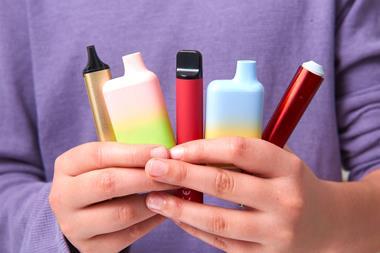
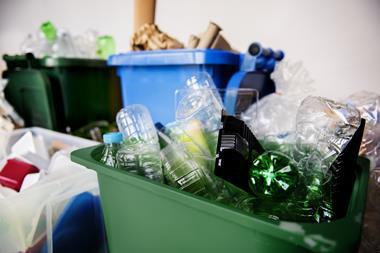
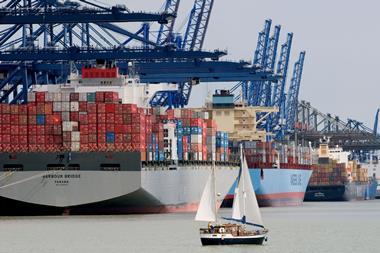
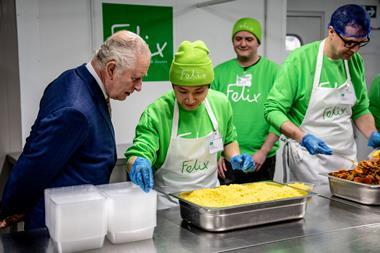

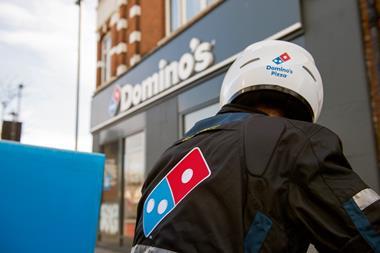

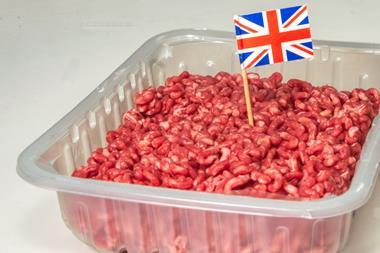



No comments yet